Geology of the Torbay area
The Torbay area is bursting with some amazing geological and local history, all for you to discover when you visit.
|
era |
to-from | to-from | period |
|---|---|---|---|
| PRE-CAMBRIAN | 4600 - 570 ma | ||
| PALAEOZOIC | 570 - 245 ma | 570 - 510 ma | Cambrian |
| 510 - 439 ma | Ordovician | ||
| 439 - 408 ma | Silurian | ||
| 408 - 362 ma | Devonian - Kents Cavern Limestone formed | ||
| 362 - 290 ma | Carboniferous | ||
| 290 - 245 ma | Permian | ||
| MESOZOIC | 245 - 65 ma | 245 - 208 ma | Triassic |
| 208 - 145 ma | Jurassic | ||
| 145 - 65 ma | Cretaceous | ||
| TERTIARY | 65 - 1.6 ma | Chambers and passages of Kents Cavern carved out 2 mya | |
| QUATERNARY | 1.6 ma - 12,000 | Ice Ages |
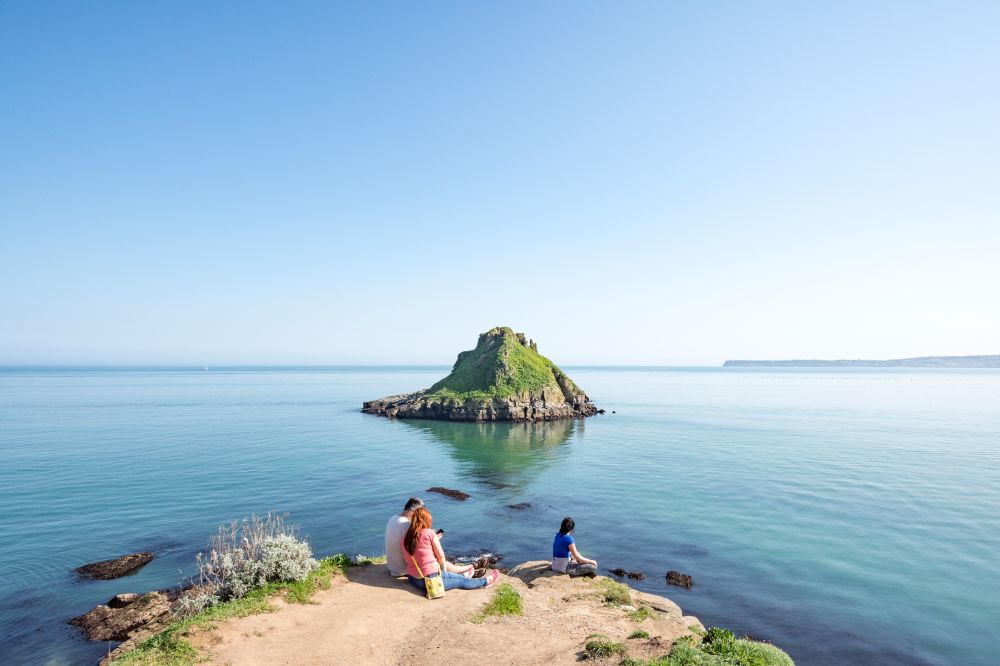

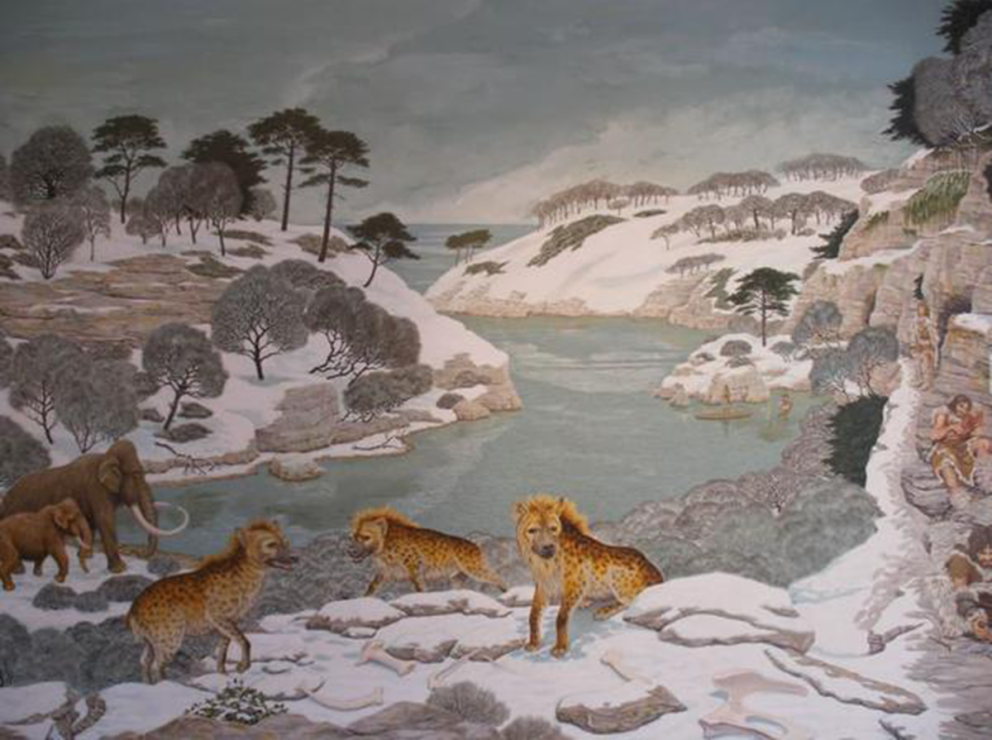
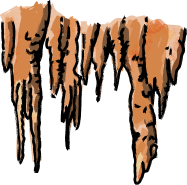
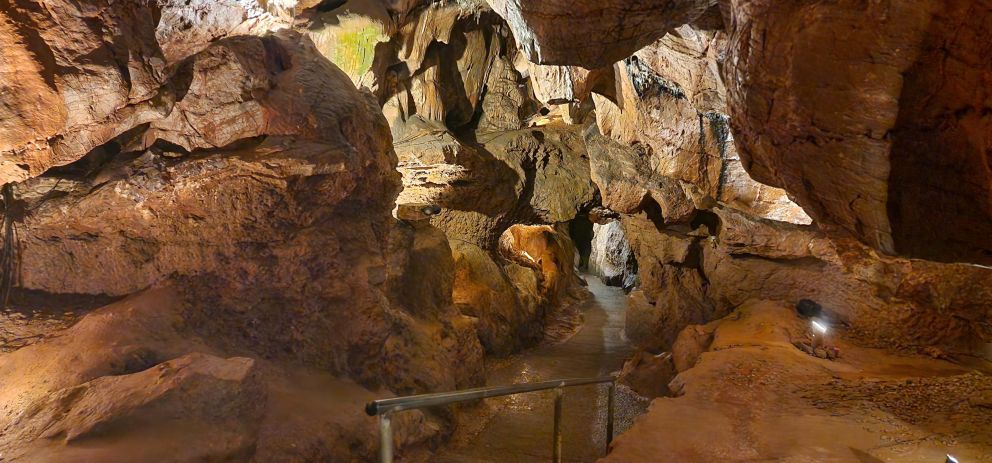
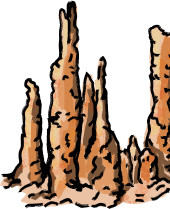
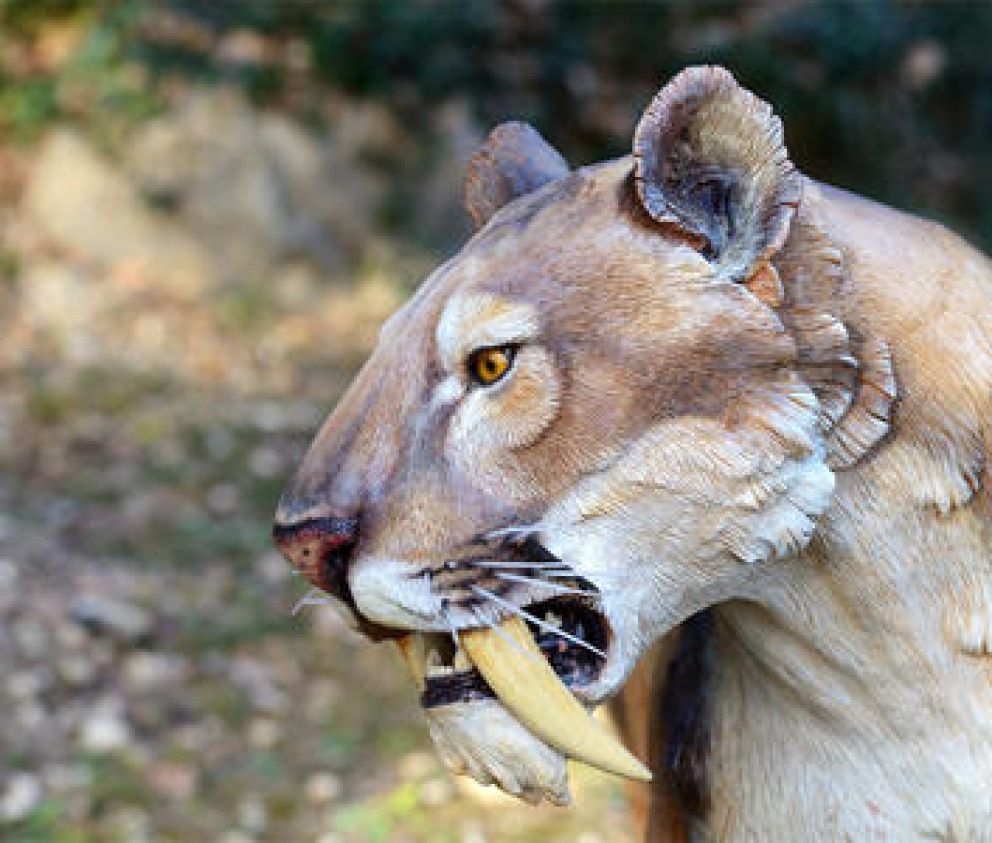
 picked.cave.lively
picked.cave.lively